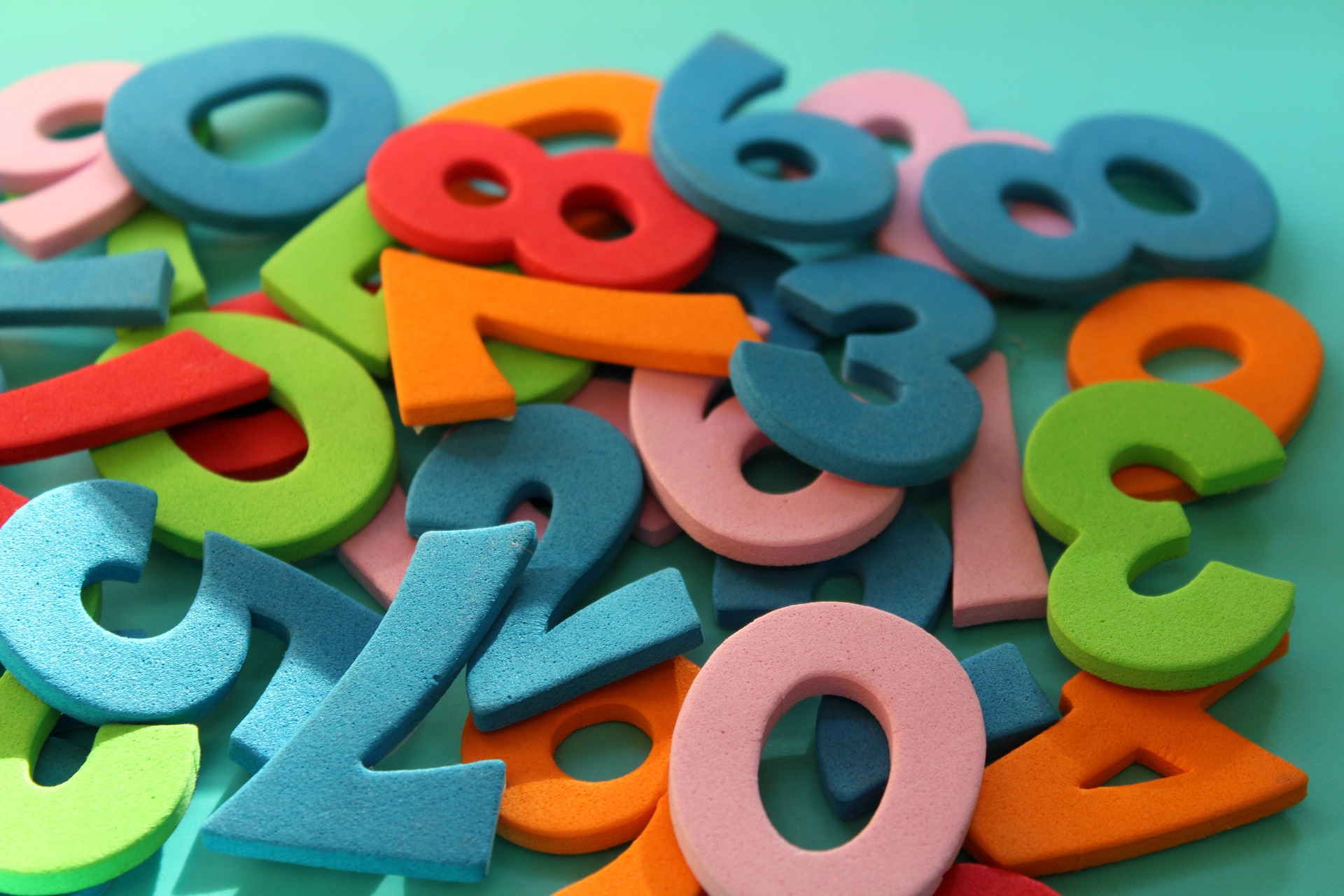How to Count Money in Korean (Part 1) Posted by Flying Oyster on Jan 13, 2020 in Korean Language, Vocabulary
I once had a chance to live in Latin America for about a year. I was not fluent in Spanish at all, but I was able to get by since I Committed myself, right at the beginning, to learn Spanish numbers. Learning and understanding numbers is a crucial skill, especially if you live in a foreign country. Let’s learn how to count numbers in Korean today.
Korean has two numerical systems. One is Sino Korean system and the other is native Korean system. Sino Korean system is used for dates, money, addresses, phone numbers, and minutes and seconds. The native Korean system is used for counting, ages, and for hours. Today, I am going to teach you how to count money using the Sino Korean system, and we will talk about how to express age using the native Korean system in a future blog post.
Before we learn how to count money in Korean, let’s review the basic Sino Korean system, which is based on Chinese characters.
- 일 (il : one)
- 이 (ee: two)
- 삼 (sahm: three)
- 사 (sah: four)
- 오 (oh: five)
- 육 (yook: six)
- 칠 (chil: seven)
- 팔 (pahl: eight)
- 구 (goo: nine)
- 십 (sip: ten)
- 백 (baek: hundred)
- 천 (cheon: thousand)
- 만 (mahn: ten thousand)
- 십만 (sip-mahn :a hundred thousand)
- 백만 (bake-mahn : a million)
- 천만 (cheon-mahn: ten million)
- 일억 (il-uk: a hundered million)
- 십억 (sip-uk : a billion)
Let’s take a closer look at how to count more than two digits of numbers in the Sino Korean system. It is simpler than you think. Let me give you some examples.
- 십일 (sip-il: eleven) is a combination of 십 (sip:ten) and 일 (il : one).
- 십이 (sip: ee: twelve) is a combination of 십 (sip:ten) and 이 (ee: two)
- 십삼 (sip-sahm: thirteen) is a combination of 십 (sip:ten) and 삼 (sahm: three)
- You keep counting with this system.
- 이십사 (ee-sip-sah: twenty four) is a combination of 이 (ee:two), 십 (sip:ten) and 사 (sah:four)
- 구십구 (goo-sip-goo: ninety nine) is a combination of 구 (goo: nine), 십 (sip:ten) and 구 (goo: Nine)
Once you are done counting two digits of numbers, you are going to use the next unit, which is 백 (baek: a hundred).
- 백일 (baek-il: one hundred one) is a combination of 백 (baek: hundred) and 일 (il : one)
- 백이 (baek-ee: one hundred two) a combination of 백 (baek: hundred) and 이 (ee: two)
- 백삼 (baek-sahm: one hundred three) a combination of 백 (baek: hundred) and 삼 (sahm: three)
- 오백사 (0h-baek-sah: five hundred four) a combination of 오 (oh: five), 백 (baek: hundred) and 사 (sah: four)
- 칠백육 (chil-baek-yook seven hundred six) a combination of 칠 (chil: seven), 백 (baek: hundred) and 육 (yook: six)
Now, let’s review Korean currency and denomination.
원 (won) is the official currency in Korea. You add 원 at the end of the price. For example,
삼만칠천사백이십원 ( sahm-mahn-chi-cheon-sah-baek-ee-sip-won: ₩37,420)
.
There are four types of bills in Korea.
- 천원 (cheon-won: 1,000 won is valued at a little less than US$ 1.) It is the smallest bill in Korea.
- 오천원 ( oh-cheon-won: 5,000 won is valued at a little less than US$ 5.) This is the second smallest bill in Korea.
- 만원 ( mahn-won: 10,000 won is valued at a little less than US$10.) It is the third smallest bill in Korea.
- 오만원 (oh-mahn-won: 50,000 won is valued at a little less than US$ 50.) This is the fourth smallest bill in Korea.
There are several types of coins in Korea.
- 십원 (sip-won: 10 won is equal to less than 1/10th of a penny.)
- 오십원 (oh-sip-won: 50 won equals less than ½ of a penny.)
- 백원 (baek-won: 100 won is valued at just under a penny)
- 오백원 (oh-baek-won: 500 won is equal to just under a nickel.)
Now, let’s practice how to count money in Korean. (tip: don’t get distracted by a comma in the numbers. Try to read every four digits as a unit from the last digit.)
- 2,800원
이천 팔백 원 (ee-cheon-pahl-baek-won)
- 62,990원
육만 이천 구백 구십 원 (yook-mahn-ee-cheon-goo-baek-goo-sip-won)
- 140,000원
십사 만원 (sip-sah-mahn-won)
- 9,935,000원
구백 구십 삼만 오천 원 (goo-baek-goo-sip-sahm-mahn-oh-cheon-won)
How did you do count money in Korean? You may still be a little confused or you have already mastered it. Nonetheless, keep practicing it out loud until you are confident. I will post another article soon to help you determine age in Korean.

Build vocabulary, practice pronunciation, and more with Transparent Language Online. Available anytime, anywhere, on any device.




